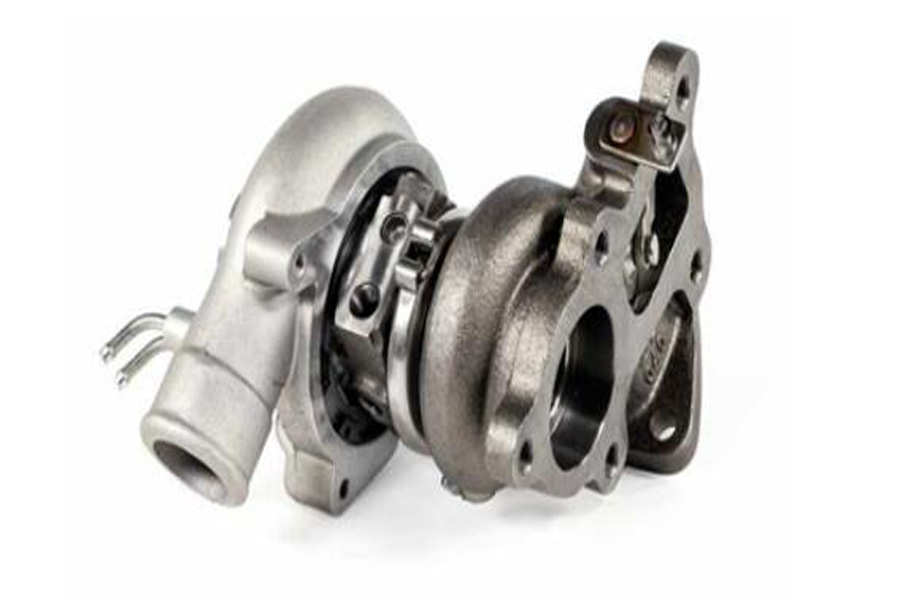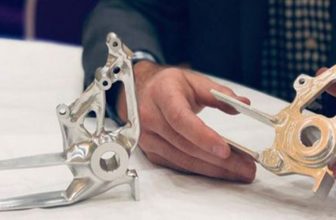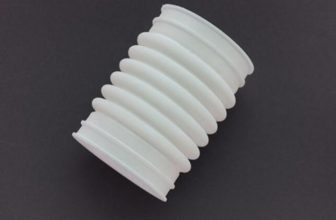
It is obvious from the trend of technological development in recent years that metal additive manufacturing is partially replacing precision casting technology and becoming a new way of manufacturing complex parts.
Take a racing turbocharger as an example. This part requires more complex geometry, geometric features and materials. Investment casting was the only available method before. The 3D printing technology based on selective laser melting brings a new way to the design and manufacture of complex turbochargers.
The application case to be shared in this issue is a 3D printed superalloy double-wall turbocharger. Its design uses a double-wall structure, and this complex design cannot be processed by traditional techniques. GF Machining Solutions provides a complete additive manufacturing solution for complex double-wall turbochargers from design to finished product delivery through three parallel workflows of software, metal 3D printing and post-processing equipment, and the patented System 3R fixture.
Additive manufacturing brings a new lap record
Whether on the track or off the track, speed is the key to victory, and the backing of Fengchidian relies on the support of engineering design and manufacturing.
Competition is becoming fierce, and the design and manufacturing of parts are also facing huge challenges. Take the turbocharger, the primary equipment for speed-up, as an example. Turbochargers in the racing field have extremely complex shapes, geometric features and materials.
Investment casting was the only available method before, but its limitations are also obvious.
Challenges in investment casting
Racing cars need to improve their competitiveness, must follow the principle of simple design to achieve higher performance of key parts, and need to accurately balance the force, which inevitably requires frequent design changes, correspondingly also requires a flexible and efficient The production process, and this is the complicated investment casting process that cannot be satisfied. The more process links, the higher the risk of error, the greater the probability of defects, and the longer the production cycle.
To make the turbocharger work efficiently, it must be effectively insulated, and the double-wall structure is used to form an air gap to prevent the internal heat from being transferred to the shell. However, the problem with the double-wall structure is that it is difficult to cast.
In order to maintain the ideal working pressure, two wastegates are required for exhaust. The method of casting is to manufacture the main casing and the two wastegates separately and then perform subsequent assembly. This method significantly increases the cost and weight.
Engine weight reduction is another challenge. The average design speed of the car exceeds 200 km/h, and weight reduction can greatly improve performance.
Therefore, the wall thickness of all parts should be as thin as possible to reduce the weight of the engine, but the strength of thin-walled castings is insufficient.
Although the casting process can also form many complicated internal geometric features or functional surfaces, basically the manufacturing cycle is relatively long. In addition, some shapes cannot be formed by casting. For example, the geometric features in a closed cavity cannot be formed by casting methods, nor can they be formed in subsequent processing. Therefore, the design of turbocharger in the early stage will be subject to many limitations of the casting process.
There are many process links in investment casting, and the production cycle is long. Longer is difficult to meet the fast-paced requirements of the car. To further improve performance, more advanced technology is needed to enable the car to create a new lap record.
New designs and performance improvements brought about by additive manufacturing
Additive manufacturing can maximize the release of design freedom and focus on the functionality of parts. Engineers can get closer to the ideal state in the design of parts, and can break through the limitations of the process to integrate complex components into a complete part.
The traditional manufacture of this turbocharger requires the use of three parts: the main casing and two wastegates on one side. After these two parts are cast, the double-wall heat shield needs to be welded and fixed. If you use additive manufacturing technology, you can design the turbocharger as a one-piece part, integrally formed, the wastegate does not require gaskets or assembly, but directly prints a complete housing. This can greatly simplify assembly operations and reduce weight.
In addition, the integrated single-piece parts can also improve the overall reliability of the turbocharger. Since there is no need to process the assembly surface with strict tolerances, it can reduce the failure caused by the leakage that may occur between different parts. Generally, the thickness of the double-wall structure can be improved to further reduce the weight, and at the same time, it can be insulated and improve performance.
Compared with investment casting methods, F1 racing parts produced by metal 3D printing provide manufacturers with obvious advantages in time and manufacturing costs. More and more high-end automakers are adopting additive manufacturing technology in production to achieve their manufacturing goals quickly and reliably.
The GF processing solution provides a complete additive manufacturing solution for turbochargers from design to finished product delivery through three parallel workflows of software, metal 3D printing and post-processing equipment, and the patented System 3R fixture.
How to break through the challenges of precision casting process?
The additive manufacturing solution for superalloy double-wall turbochargers was developed by GF Machining Solutions AMotion Center Application Center (Switzerland) in response to user needs. In 2020, GF AMotion Center Shanghai Application Center was established to promote the application of additive manufacturing for Chinese manufacturing users and provide support for technologically advanced solutions for product innovation.





